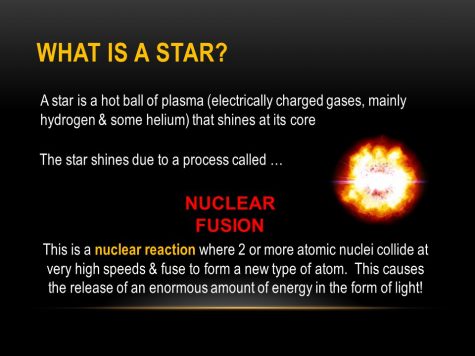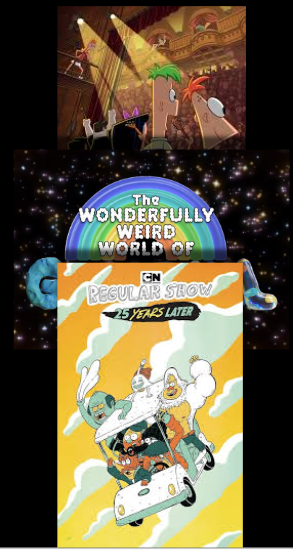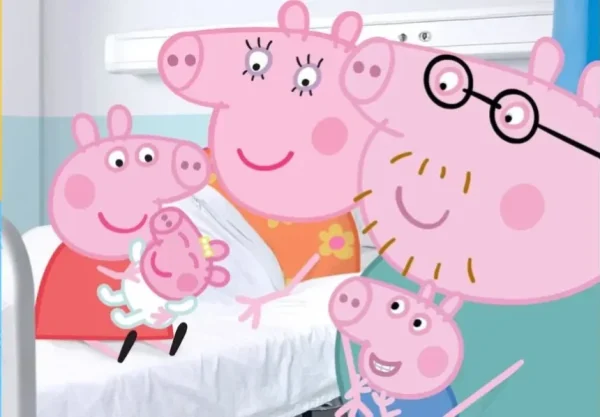Exceeding the Luminaries: Stars and Space!
PS: It is about stars and space! :) Do you desire to understand more about the space field and stars? Then you are in the right spot!
A Neutron Star Smashup! This is most likely a crash between two Neutron Stars! Also the dense remnants of massive stars that formerly exploded. But an intriguing twist is that the collision could have been between a black hole and a neutron star!
What exactly Is a Star? A star is a massive celestial body composed primarily of hydrogen and helium that generate light and heat from the churning nuclear forges within its cores. The spots of light we see in the sky, aside from our sun, are all light-years away from Earth. According to another definition from “Wikipedia”, states “A star is an astronomical object consisting of a luminous spheroid of plasma held together by its own gravity. The nearest star to Earth is the Sun. Many other stars are visible to the naked eye at night, but due to their immense distance from Earth, they appear as fixed points of light in the sky. The most prominent stars are grouped into constellations and asterisms, and many of the brightest stars have proper names. Astronomers have assembled star catalogues that identify the known stars and provide standardized stellar designations.” What this is saying is that a star is an astronomical object made up of a brilliant spheroid of plasma held together by gravity. The Sun is the closest star to Earth. Many additional stars are visible to the human eye at night, but they appear as definite points of light in the sky due to their great distance from Earth. Many of the brightest stars have proper names, and the most notable stars are organized into constellations and asterisms. Astronomers have put together star catalogs that list all of the known stars and give them standardized names.

Another definition of stars, is from “star – Kids | Britannica Kids | Homework Help”, states “ Stars are huge, glowing balls of gases. The closest star to Earth is the Sun. Most of the pinpricks of light that shine in the night sky are also stars. Countless more stars are too far from Earth to be seen without a telescope. Most stars are incredibly far away.” What the website is saying is that stars or they are massive, glowing balls of gas. The Sun is the closest star to Earth. The majority of the pinpricks of light visible in the night sky are stars. Many more stars are too far away to be seen without a telescope. Most stars are extremely distant.
Is it a planet or a star? Or is there something else in the sky? The truth is that not all of the light dots in the sky are stars. Some of them may be planets, galaxies, or even black holes, and there may be others. But that’s all we know for the time being, or what we can see from Earth. What are the light specks in the sky? Some of them, however, are black holes. Some of those white dots are supermassive black holes that are active. Furthermore, some of those black holes are devouring material at the heart of a galaxy, millions, thousands, or even millions of light-years away, but that’s usually how they can be identified at all.
Have you ever thought about why planets and stars glow? Or What causes planets and stars to shine or glow? According to National Geographic, “Unlike stars, planets do not experience nuclear fusion, the process of combining tiny particles called atoms to release energy. Nuclear fusion creates radiation (heat and light) and makes stars glow. Because planets do not have nuclear fusion, they do not produce their own light. Instead, they shine with light reflected from a star. When we see planets in the night sky, such as Venus, the so-called “Evening Star,” we’re seeing reflected sunlight.”
What the website is saying is that the reason why stars glow, shine, or twinkle is due to nuclear fusion, which produces radiation (heat and light) and that causes stars to glow. The reason why planets do not produce light is that planets lack nuclear fusion. Instead, they are illuminated by the light reflected from a star.
What are the elements that makeup stars? Stars are composed of hydrogen and helium, which produce light and heat from the churning nuclear forges inside their cores, and Stars are composed of extremely hot gas. This gas is mostly made up of hydrogen and helium, the two lightest elements. Stars shine by converting hydrogen into helium in their cores and then producing heavier elements later in their lives. Also, you might be surprised to learn that stars are composed of the same elements as the rest of the Universe: 73 percent hydrogen, 25 percent helium, and the remaining 2 percent are made up of all the other elements. That’s all. That’s all they’re made of. Isn’t it incredible?
What different kinds of stars are there? How many different kinds of stars are there? So, stars are stars, and they all look the same, right? Sure, there may be some color differences when you look up at the night sky. But, aside from that, they must be the same thing, right? Huge spheres of gas burning billions of light-years away from us. That, however, is not exact and correct. Stars, like everything else in our universe, are complicated and diverse; they fall into one of many different classifications based on their distinguishing characteristics. There are numerous types of stars, ranging from tiny brown dwarfs to blue and red supergiants. There are even more bizarre stars, such as Wolf-Rayet stars and neutron stars, and there are still more bizarre ones.
Protostars, T Tauri Stars, Main Sequence Stars, Red Giant Stars, White Dwarf Stars, Red Dwarf Stars, Neutron Stars, and Supergiant Stars are the various types of stars. However, there are many other types of stars, such as the seven main spectral stars: O (Blue) (10 Lacerta), B (Blue) (Rigel), A (Blue) (Sirius), F (Blue/White) (Procyon), G (White/Yellow) (Sun), K (Orange/Red) (Arcturus), and M (Red) (Betelgeuse). There are currently seven different types of main stars. They are, in decreasing order of temperature, O, B, A, F, G, K, and M. This is referred to as the Morgan–Keenan (MK) system. Stars are classified based on their spectra and temperature.
What is the total number of stars in the universe? What is the nearest star to us? We don’t know how many there are, but we humans or astronomers and scientists have tried to figure it out. Also, the number of stars in a galaxy varies but assuming an average of 100 billion stars per galaxy, the observable universe contains approximately 1,000,000,000,000,000,000,000 (that’s one billion trillion) stars! That is mind-boggling to consider. Isn’t that right?! And that’s just in the observable universe; what about the rest of it? The universe contains approximately 200 billion trillion stars. The Sun is the closest star to us. It is located at a distance of 93,000,000 miles (150,000,000 km).
Actually Fun Fact! Fun fact: UY Scuti is the biggest star we know about right now! The radius of UY Scuti is 738.35 million miles! According to the data, UY Scuti was 7 to 10 times more massive than our Sun, with a radius of 1.700 times greater. UY Scuti is located in our Milky Way galaxy, approximately 5.219 light-years from Earth!









